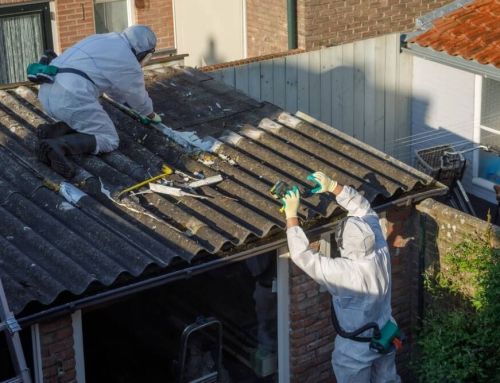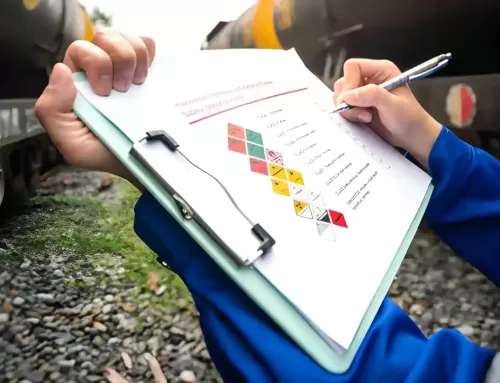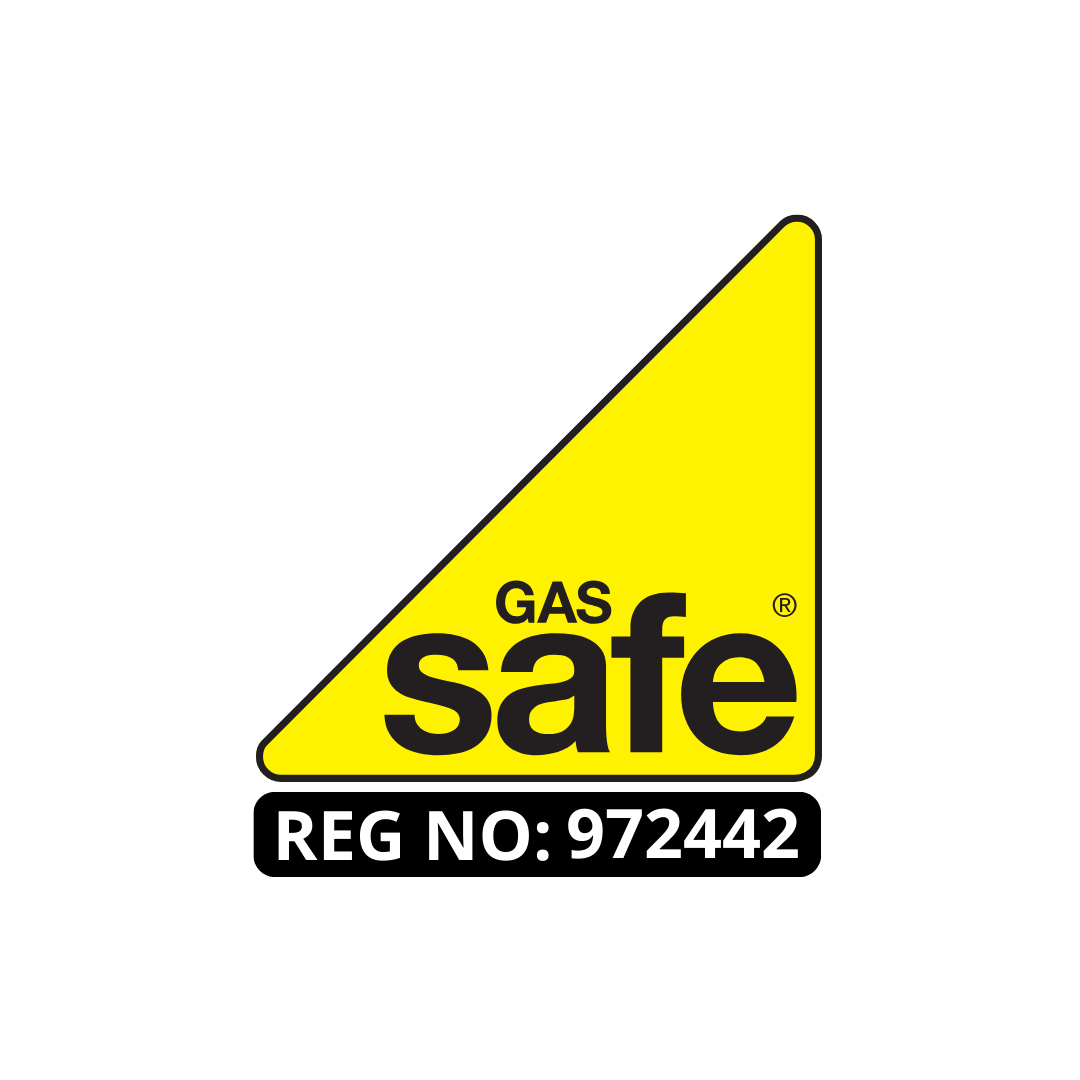
Asbestos, once widely used in construction, continues to pose serious health risks, including mesothelioma and lung cancer. Legally, the responsibility to manage and minimize asbestos exposure falls on employers and property owners, who must ensure compliance with safety regulations to protect occupants and workers. Let’s explore Who Holds the Responsibility for Protecting You From Asbestos Exposure?
They must identify asbestos-containing materials, assess their condition, and take appropriate action to protect workers and the public. However, the effectiveness of these measures often hinges on the rigorous enforcement of safety regulations by governmental bodies. This raises a crucial question: Are current laws and enforcement practices sufficient to shield us from the dangers of asbestos, or is more stringent oversight necessary?
Who is Responsible for Preventing Your Exposure to Asbestos?
Responsibility for preventing exposure to asbestos falls primarily on the shoulders of employers and building owners, who are obligated under the Control of Asbestos Regulations 2012 to manage the risk of asbestos in properties and workplaces.
These duty holders must adopt a proactive stance in asbestos safety compliance, ensuring that all potential asbestos-containing materials (ACMs) are identified, risk-assessed, and managed appropriately.
The legal framework states that employers must create and maintain a safe working environment by developing an asbestos management plan. This plan must outline the procedures for regular assessment, monitoring, and control of asbestos exposure risks.
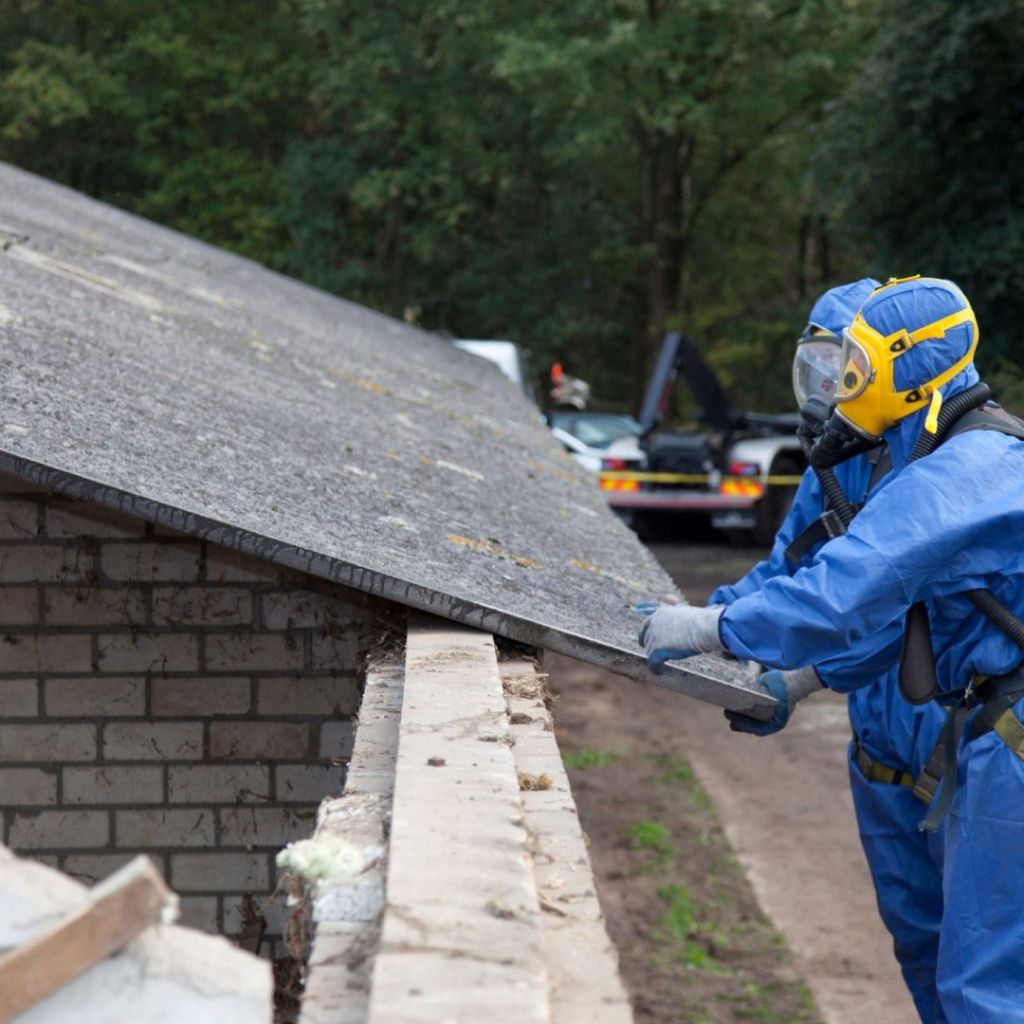
Moreover, duty holders are responsible for ensuring that the workforce is adequately trained and informed about the asbestos risks and management strategies pertinent to their roles.
In addition to the direct responsibilities, duty holders must also cooperate with local authorities and the Health and Safety Executive to ensure compliance with all regulatory demands. This includes the submission of detailed reports and records concerning the presence and condition of asbestos in their buildings.
Failure to comply with these stringent regulations can lead not only to severe health risks but also to significant legal repercussions, underlining the critical nature of rigorous asbestos management and compliance practices.
What are the Asbestos Exposure Limits According to the Regulations?
Understanding the specific exposure limits set by regulations is vital to ensuring the safety of those who may come into contact with asbestos. Asbestos regulations are meticulously crafted to minimize health risks associated with asbestos exposure. These regulations define clear exposure limits, which are critical for maintaining a safe working and living environment.
Here are the key points concerning asbestos exposure limits:
- Control Limits: According to the Control of Asbestos Regulations 2012, the control limit for asbestos is set at 0.1 fibers per cubic centimeter (f/cm³) over a continuous four-hour period. This limit is designed to be strict to prevent the accumulation of fibers in the lungs, thus reducing long-term health risks.
- Mandatory Risk Assessments: Employers must conduct thorough risk assessments to determine the presence and concentration of asbestos. These assessments are required to be reviewed regularly, typically every 6-12 months, to ensure ongoing compliance with exposure limits.
- Provision of PPE: The regulation mandates that suitable personal protective equipment (PPE) and respiratory protective equipment (RPE) be provided in environments where asbestos exposure might exceed the designated control limits. This requirement is crucial in ensuring that workers are adequately protected from inhalation risks.
6 Steps to Make an Asbestos Management Plan
Creating an effective asbestos management plan is a critical step for any facility with potential asbestos-containing materials (ACMs). This process starts with the meticulous identification of ACMs using advanced asbestos identification techniques. These methods ensure precise detection and categorization of all types of asbestos present in a building, which is essential for subsequent risk management.
Following identification, comprehensive risk assessment procedures are employed to evaluate the potential health risks associated with the condition and location of ACMs. This assessment determines the urgency and extent of measures needed to manage exposure risks. The management plan must be documented, kept up-to-date, and include schedules for regular re-evaluation.
The table below outlines the essential components and corresponding actions of an asbestos management plan:
| Component | Action Required |
|---|---|
| Identification of ACMs | Use approved techniques to locate and type asbestos. |
| Risk Assessment | Assess and categorize risk levels of ACMs. |
| Documentation | Maintain an accurate and accessible asbestos register. |
| Communication | Inform all stakeholders of risks and procedures. |
| Regular Review and Update | Schedule and execute periodic reassessments. |
This structured approach ensures compliance, enhances safety, and mitigates the risks associated with asbestos exposure in facilities.
Who is Responsible for Preventing Your Exposure to Asbestos?
After establishing a comprehensive asbestos management plan, attention shifts to delineating the roles and duties of those tasked with mitigating asbestos exposure risks. Identifying key responsible parties is crucial for effective enforcement and compliance with stringent safety regulations.
The primary duty holders in this framework include:
- Building Owners and Employers: These individuals or entities hold the fundamental responsibility for identifying and managing asbestos within their premises. They must ensure that all asbestos-containing materials (ACMs) are properly documented, maintained, and, when necessary, safely removed under controlled conditions.
- Health and Safety Executive (HSE): This government body plays a critical regulatory role, overseeing the adherence to safety regulations concerning asbestos. They provide guidelines and enforce compliance, ensuring that duty holders fulfill their responsibilities towards health and safety.
- Local Authorities: These bodies are tasked with ensuring that public and non-domestic premises comply with the applicable asbestos regulations. They work in tandem with the HSE to monitor, inspect, and enforce safety standards.
Each of these roles is integral to a robust asbestos management system, designed to minimize exposure and protect public health. Their coordinated efforts are essential in sustaining environments free from hazardous asbestos exposure.
6 Asbestos Removal Rules You Must Know About
Several critical regulations govern the process of asbestos removal to safeguard both public health and worker safety. Comprehensive adherence to these rules is essential to mitigate the hazardous impact of asbestos fibers during and after the removal process.
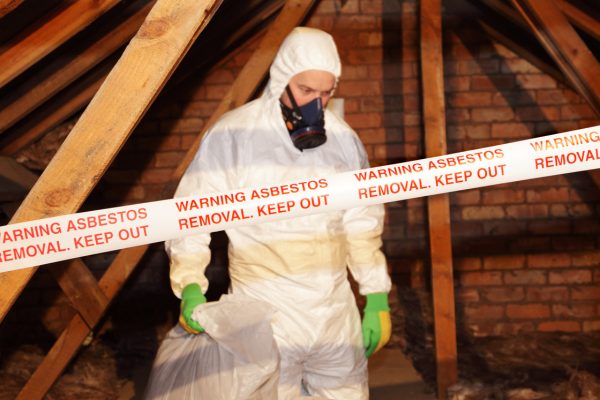
The following table outlines key regulatory aspects and their implications:
| Regulation Aspect | Description | Relevance to Safety Protocols |
|---|---|---|
| Accreditation Requirements | Requires licensure for asbestos removal firms | Ensures qualified personnel handle asbestos safely |
| Exposure Limits | Sets strict exposure thresholds | Minimizes health risks to workers and the public |
| Notification and Record Keeping | Mandates reporting and documentation of removal activities | Facilitates regulatory oversight and future safety audits |
| PPE and Containment Measures | Prescribes specific safety gear and containment methods | Prevents cross-contamination and direct exposure |
These regulations, mandated by entities such as the Health and Safety Executive (HSE), form a rigorous framework that underpins all actions related to asbestos removal. It is crucial for all involved parties—employers, building owners, and contractors—to rigorously follow these stipulations to uphold high safety standards. Non-compliance not only jeopardizes health but also exposes entities to legal and financial repercussions. Mastery of these regulatory elements is fundamental for anyone involved in asbestos removal, reinforcing the necessity of a well-informed approach to handling such hazardous materials.
Automotive Components
While the manufacturing of automotive components involves a range of materials and processes, strict adherence to industry standards and regulations is essential to ensure both the safety and performance of these parts.
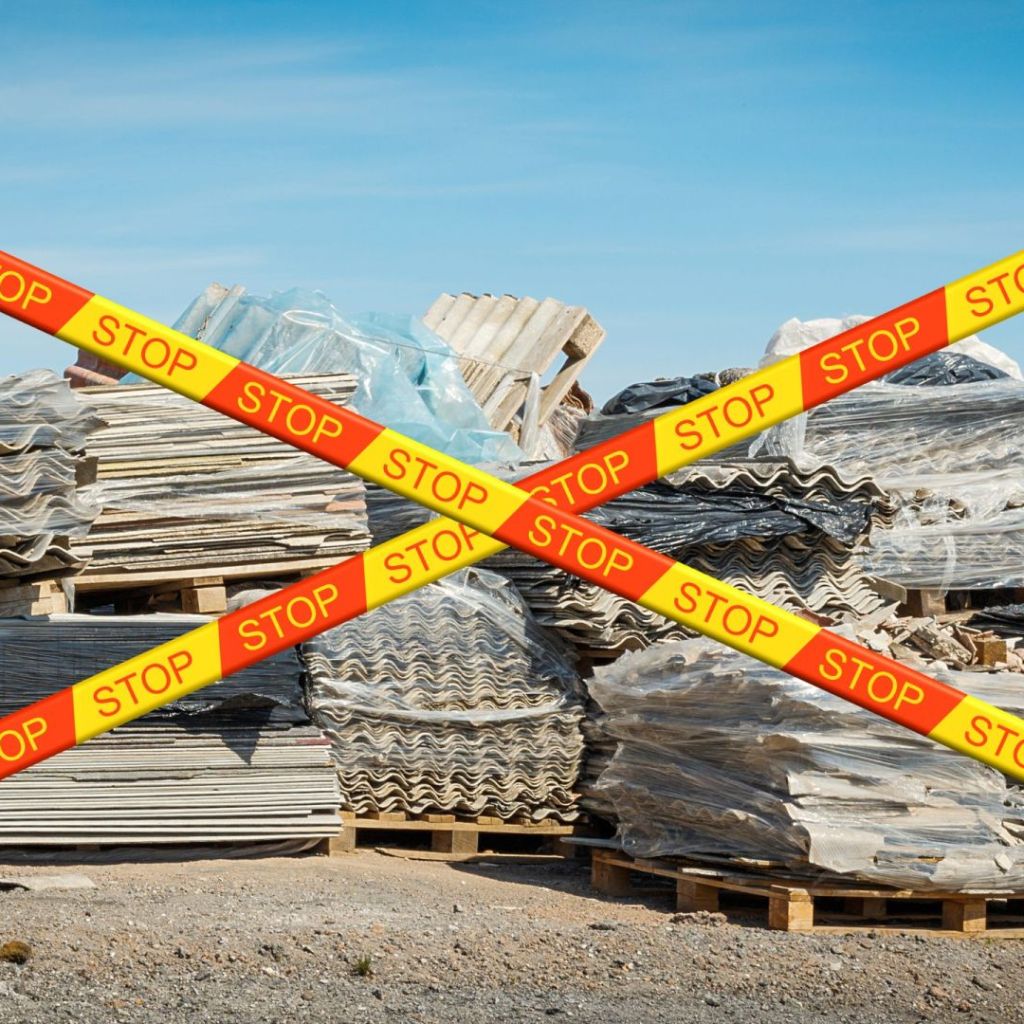
The presence of asbestos in older automotive components, notably in brake linings and clutch pads, has necessitated rigorous asbestos regulations to safeguard automotive safety.
Here are three critical aspects of asbestos management in automotive components:
- Compliance with Asbestos Regulations: Manufacturers and repair shops must comply with specific guidelines aimed at reducing asbestos exposure. This includes the use of approved materials and following safe handling practices to prevent asbestos fibers from becoming airborne.
- Regular Risk Assessments: Continuous evaluation of the materials used in automotive components is essential. This ensures that alternatives to asbestos are utilized wherever possible and that all safety measures are up-to-date according to the latest health standards.
- Training and Awareness: Workers involved in the manufacturing and maintenance of automotive parts should undergo thorough training on the dangers of asbestos and the correct safety procedures to follow. This is crucial for minimizing health risks associated with asbestos exposure.
Adhering to these practices ensures that the automotive industry meets its responsibilities towards automotive safety and worker health, underpinned by stringent asbestos regulations.
Other Asbestos Containing Items
Asbestos’s legacy in various everyday items continues to pose significant health risks, necessitating rigorous management and disposal procedures. These items range from older household products like floor tiles and insulation materials to certain consumer goods that may still contain asbestos due to old stock or specific applications.
The pervasive nature of these materials underscores the critical importance of effective asbestos identification. Professionals equipped with specialized knowledge and tools are essential for accurately identifying asbestos in these diverse items, ensuring that they are handled according to legal standards.
The legal obligations surrounding these asbestos-containing items are stringent, reflecting the severe health risks associated with exposure. Owners and managers of premises where such items might be present are legally required to arrange for periodic inspections and risk assessments by competent authorities. This not only ensures regulatory compliance but also protects public health.
Furthermore, the disposal of asbestos-containing items must adhere to safety guidelines that prevent environmental contamination and human exposure. Failing to meet these obligations can result in severe penalties, including fines and litigation, emphasizing the need for vigilance and adherence to established safety protocols by all parties involved in the management of asbestos-containing items.
Conclusion
In conclusion, the primary responsibility for mitigating asbestos exposure rests with employers and building owners, as mandated by the Control of Asbestos Regulations 2012. These stakeholders are required to conduct thorough risk assessments, maintain rigorous management plans, and ensure that all personnel are well-informed and trained regarding the hazards of asbestos. Compliance is monitored by the Health and Safety Executive, with local authorities playing a crucial role in enforcing safety standards in public facilities.


